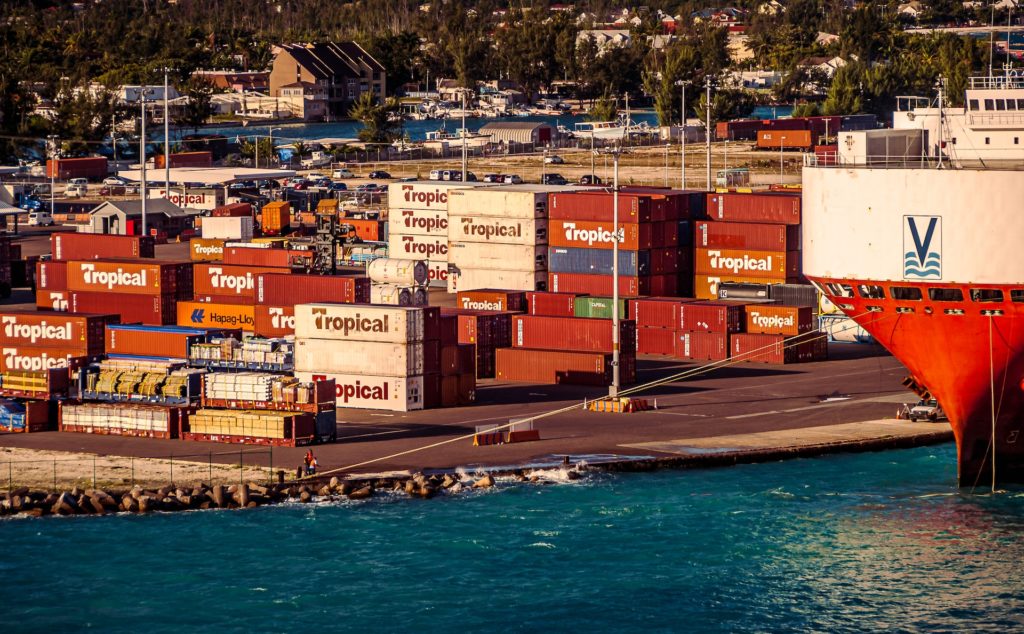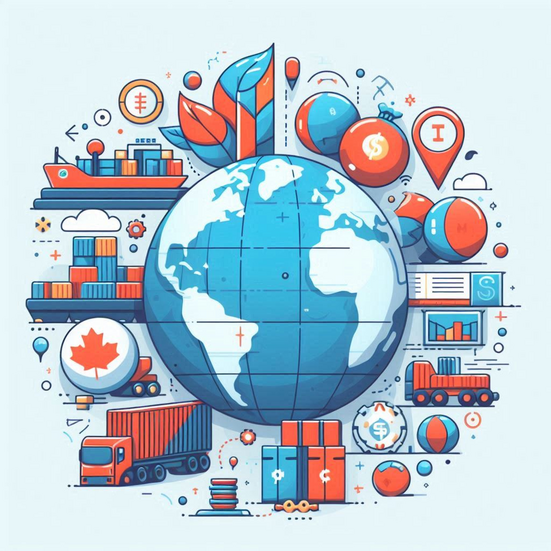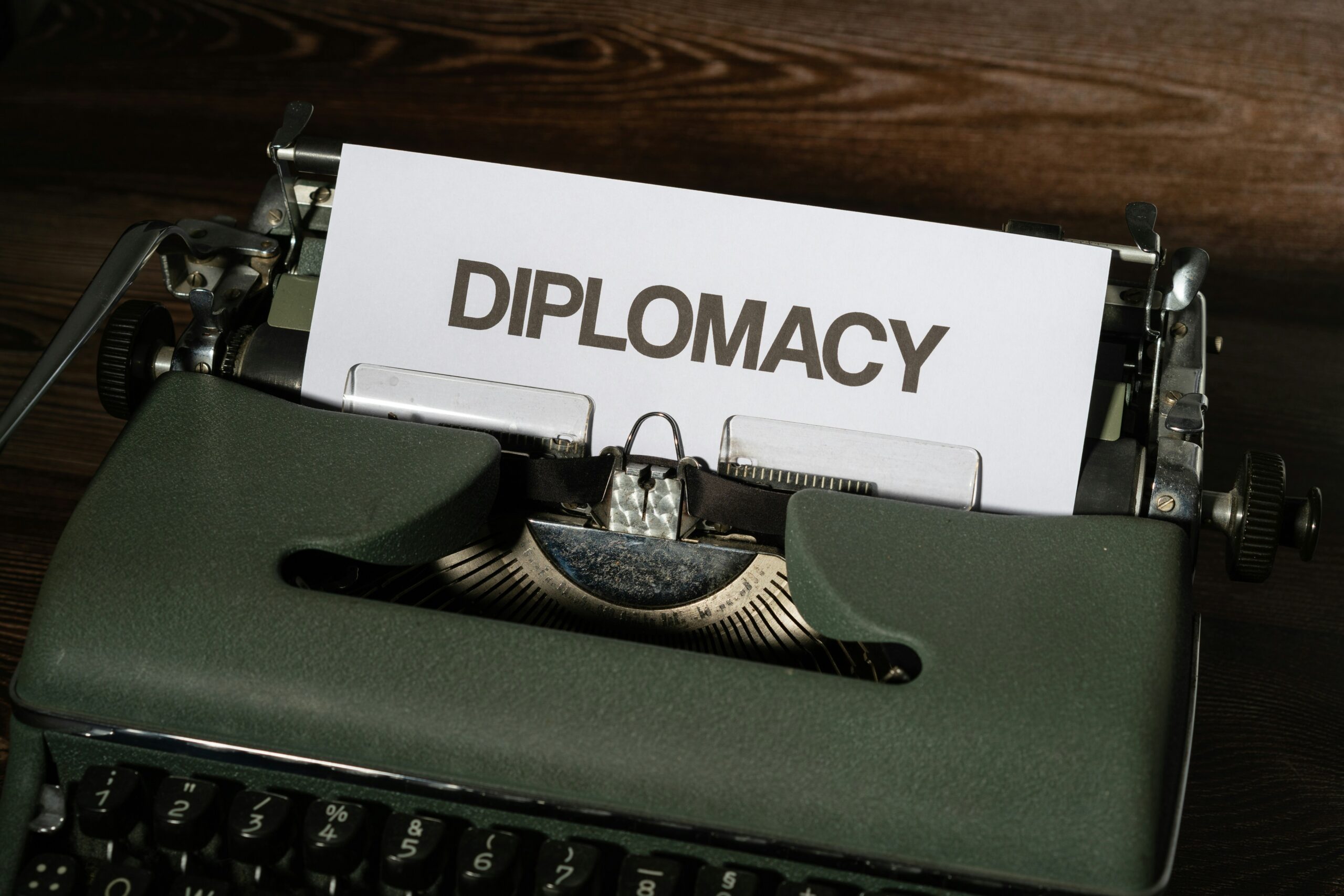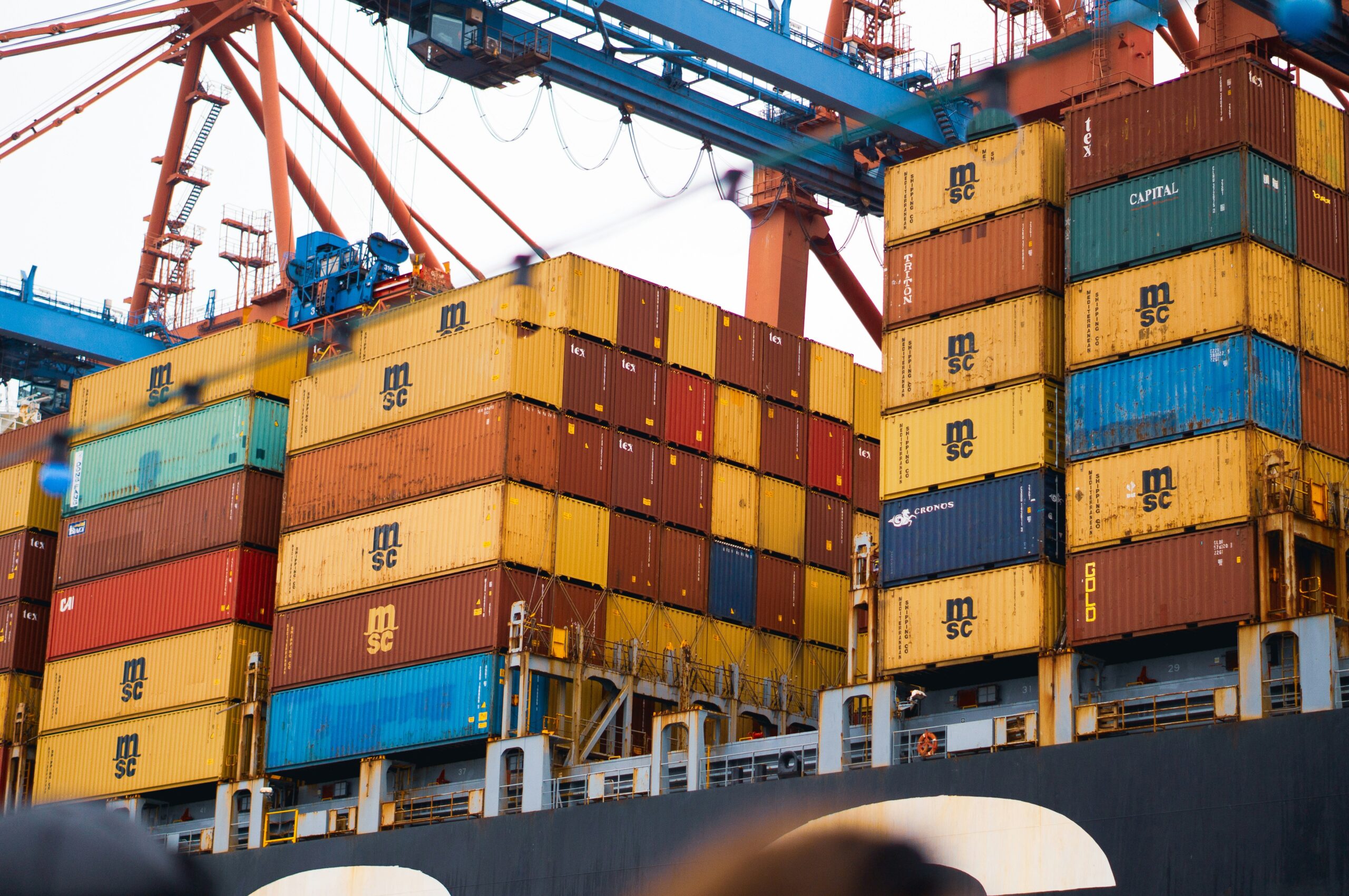According to the Central Bank of Somalia, despite the civil unrest, the country has managed to have a healthy economy, highly dependent on livestock production, telecommunication, etc. Located in east Africa bordered by Kenya, Ethiopia, and Djibouti, it is the largest producer of camels in the world. The agricultural sector is the most important to the economy of Somalia, accounting for about 65 percent of the GDP. It is3 the largest employer of the country’s workforce. With its advantageous position near the Arabian Peninsula, businesses here have increasingly begun to overtake Australia’s dominance over the Gulf Arab livestock market, resulting in more investments by Gulf Arab states. The industrial sector accounts for 10 percent of the GDP, with more than 53 native manufacturing plants operating within the territory. With a population of over 17 million persons, this country in the horn of Africa has the largest coastline on the entire mainland.
If you own a company here or you are interested in learning about how to export goods from the territory, here is an article on exporting goods from Somalia and the steps involved in exporting.

Main goods exported out of the Republic
The main exports from the republic are livestock, bananas, skins, fish, charcoal, and scrap metal. Its major export partnering countries are Yemen, Oman, and the United Arab Emirates.
Exporting from the country
The total value of the export market is projected to be around 54.37 USD million in 2023. Every business and person is permitted by commercial law to carry out export and import trading from any part of the republic. However, such an entity needs to be backed by the government by registering for a license before the export commences. The customs department in the ministry of finance is responsible for effecting customs laws and administration applying to export trade, supervising all imports and exports in and out of the nation, issuing an export license or permit, et cetera.
The process of exportation
Exporting out of a country is easy aside from the ton of regulations and formalities to keep in mind, Export documents such as bills of lading and others are required to clear goods at the country’s ports by customs officers. These documents must be provided by an exporter, and they have to satisfy the customs formalities. Therefore, exporters must know the right documents to prepare beforehand. There are three steps involved in the process of exporting out of a country. They include registering for an export license or permit, organizing required documents, and export customs clearance and formalities. To export one’s goods, an exporter must register for an export license by applying for a permit of exportation. Note that all exporters need to ensure their goods satisfy the standards of the export partnering companies and the regulations of the Ministry of Finance and Trade. The second step is organizing the required documents obtained from suppliers, which shall be submitted to clearing agents for the third and last step. At the final step, clearing agents will forward the export declarations and other documents submitted to the customs officers. Provided there is no hitch with the goods and no requirement failed, customs will issue receipts to exporters after entering their details into the system.
Required documents to submit
The documents needed for clearance when exporting depend on the kind of goods, trade agreements, and policies of exporting partners. They include the following:
- Customs entry document and bond
- Legal Undertaking
- Export license
- Purchase order
- Certificate of origin and insurance
- Bill of lading
- Transit documents, et cetera



